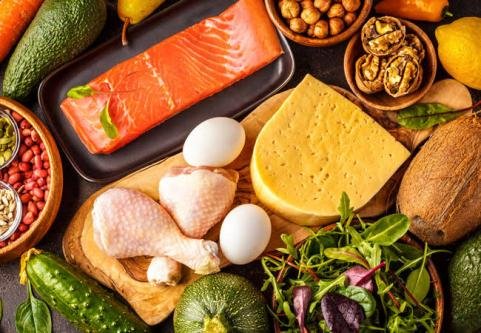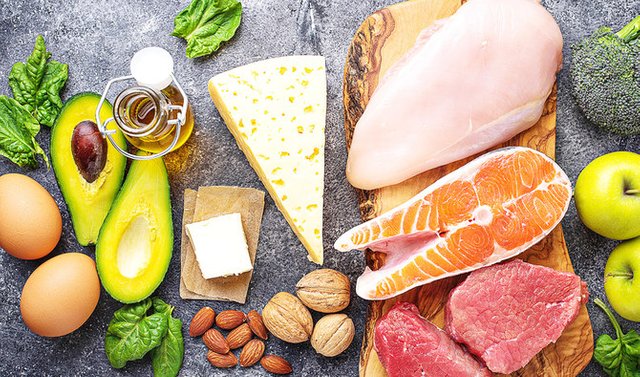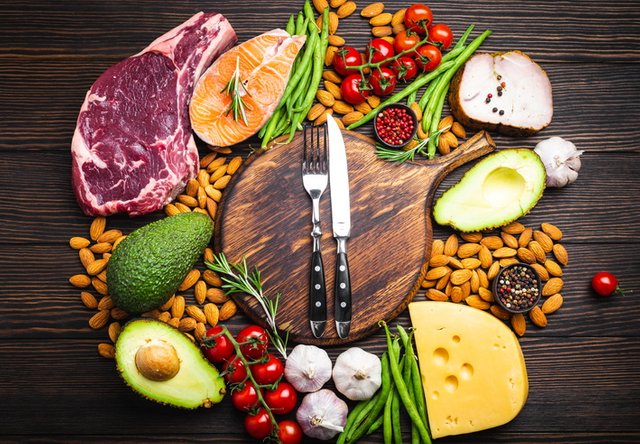Fruit juices can improve the flavor of a smoothie and are hence the most popular smoothie basis, but they're high in sugar and calories. Fruit juices, in fact, typically contain as much as or more sugar than sodas and other sugary drinks, which are widely considered to be bad. (1)
When possible, choose a healthy beverage as your smoothie base instead of sugary fruit juices. Here are some of my personal favorites:
Almond Milk with Coconut Water
Aloe Water Coconut Milk Maple Water
These nutritious liquids offer a range of health benefits in addition to removing unnecessary sugar and calories from your smoothie. A nutritious liquid foundation will start your super smoothie off properly, from the skin-hydrating characteristics of aloe water to the electrolyte replenishing properties of coconut water.
Step 2: Switch to a greener lifestyle
The majority of smoothies on the market these days are all fruit smoothies. While fruits are high in vitamins and minerals, they can also be high in sugar and fattening when consumed in big quantities.
To avoid these issues, try mixing fruit and vegetables in equal amounts. Many leafy greens and vegetables have delicate flavors that the wonderful fruit flavor can balance and hide. The vegetables will give your smoothie a tremendous nutritious boost as well as a ton of dietary fiber, which is essential for healthy digestion and weight loss! (2)
Here are some suggestions for vegetables to start with:
Spinach is a leafy green vegetable (an excellent source of antioxidants and fiber)
Kale is a vegetable that comes from the cabbage (high in vitamin K and vitamin C)
Chard is a type of vegetable that grows in (one of the most nutrient dense greens on the planet)
Beets are a type of root vegetable (low in calories, high in nutrients, and supports a healthy heart)
Cucumber is a type of cucumber (hydrating, replenishing, and full of nutrients)
Carrots are a root vegetable (high in beta-carotene, great for skin and eye health)
Step 3: Add Protein to the Mix
Despite the fact that fruits and vegetables contain almost all of the nutrients we require, your smoothie may be short in protein. By adding high protein foods or protein powder to your smoothie, you may transform it from a tasty and nutritious snack to a satisfying meal replacement.
Substituting a nutrient-dense super smoothie for breakfast is a terrific approach to jump-start your metabolism and get your day started right!
If you don't have any protein powder on hand, try these high-protein foods in your smoothies:
hemp seeds chia seeds
seeds of flax
butter made from almonds
pistachio butter
Step 4: Maintain a Smooth Surface
When it comes to diets and weight reduction, consistency is crucial; if you can't stick with it, the pounds you've lost will quickly return. Smoothies make this simple because they're so tasty and refreshing, but if you're not careful, adding leafy greens like kale can transform your creamy smoothie into a lumpy chewy mess.
A smoothie with bits of veggies is not only unappealing, but it can also be nutritionally deficient. The more the contents in a smoothie are broken down, the easier and faster our systems can absorb them!
If your blender has trouble blending leafy greens and other fibrous vegetables, try putting only the greens and liquid in.
Step 5: Incorporate 'Superfoods' into your smoothie.
If you truly want to take your smoothies and your health to the next level, try adding superfoods to the mix! These nutrient-dense and antioxidant-rich foods are often powdered, making them simple to incorporate into your smoothie.
By modifying your superfood boosts, you may customise your smoothie to your unique health needs! Add matcha powder for antioxidants and a boost in metabolism (3), or turmeric for its potent anti-inflammatory qualities.
These 5 easy actions can transform your high-sugar, high-fat smoothie into a super smoothie, boosting your health to new heights. There's no better or more delightful way to achieve your health goals than with a revitalizing supercharged beverage.
https://www.digistore24.com/redir/283755/Elvisade/


